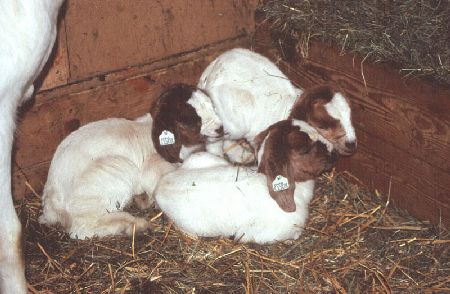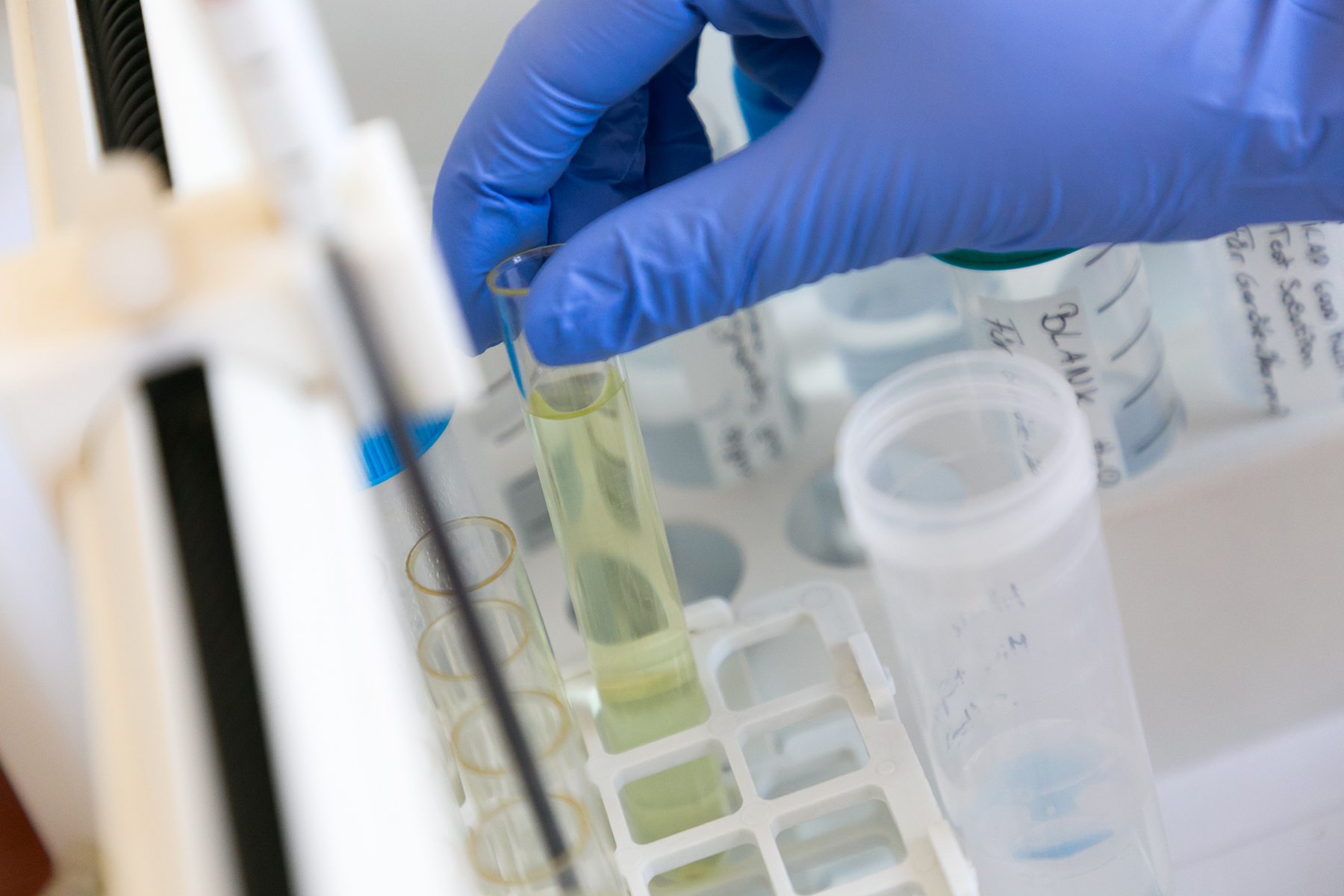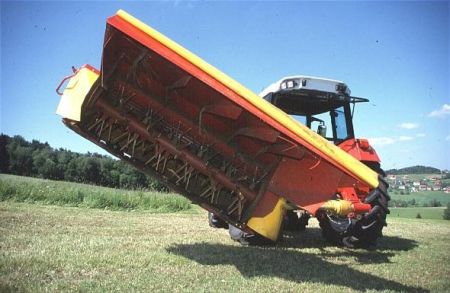

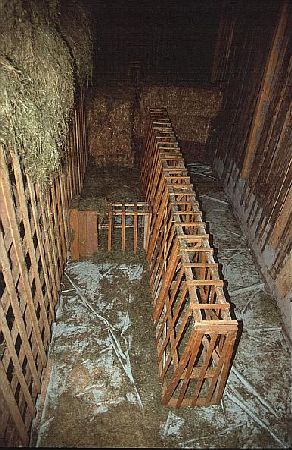
Evaluation of different hay ventilation systems in practice
The requirements for feed quality are particularly high in specialized dairy farming. When preserving feed, there are often high losses in quality due to unpredictable weather influences. Around 40 percent of...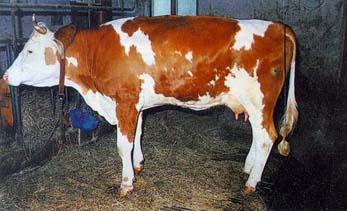
Evaluation of test methods for diagnosing calcinosis in cattle and sheep
Calcinosis has become increasingly common in Austria in recent years and is causing significant economic losses in the affected companies. Poor husbandry conditions, inadequate mineral supply and metabolic disorders...
Use of a pig shower with regard to emissions, daily increases in pig fattening
In a preliminary test in 2005 at the HBLFA Raumberg - Gumpenstein, a home-made low-pressure pig shower was examined to determine the temperature behavior of the skin surface of fattening pigs. The new examination method with...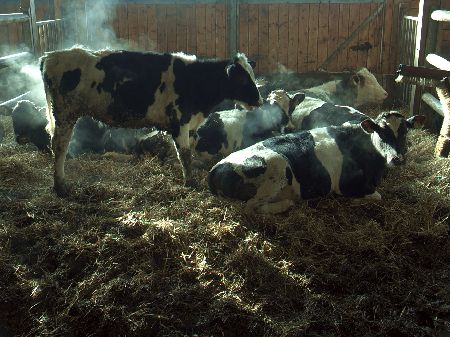
Validity of the animal welfare index TGI 35 L - cattle
The animal welfare index TGI 35 L, developed in Austria, has proven to be a practical and accurate instrument for assessing animal welfare at a company level. The reliability of statements (validity) is another...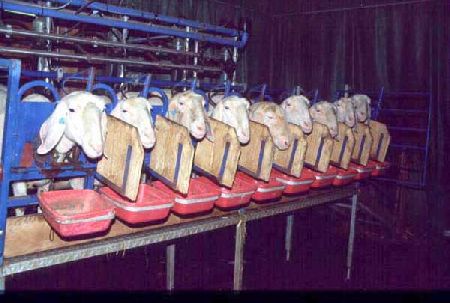
Sheep and goat milk production
The economic viability of sheep and goat milk production depends on the intensity of use of the grassland, on the quality of basic feed, on the feeding intensity of the animals, on the breed and the genetic potential of the animals.
Production of quality lambs with sheep of the Bergschaf and Merinolandschaf breeds
Mountain sheep and Merinoland sheep are the 2 most common sheep breeds in Austria. The question always arises as to which animals and which production process can be used to produce quality lamb most economically...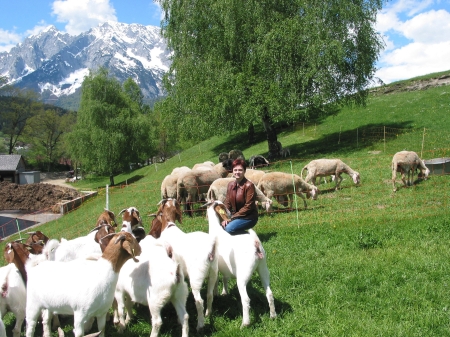
Recultivation of former alpine pastures using Boer goats and sheep
Grazing steep areas with goats and sheep has the advantage over grazing with cattle that there is less or no damage caused by trampling.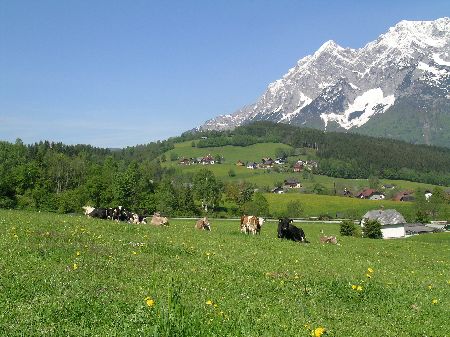
Ration optimization in the full pasture system for dairy cows
The research project uses different compositions of pasture rations (full pasture variant as a control group) to attempt to address the question of targeted and optimized supplementary feeding in pasture farming.